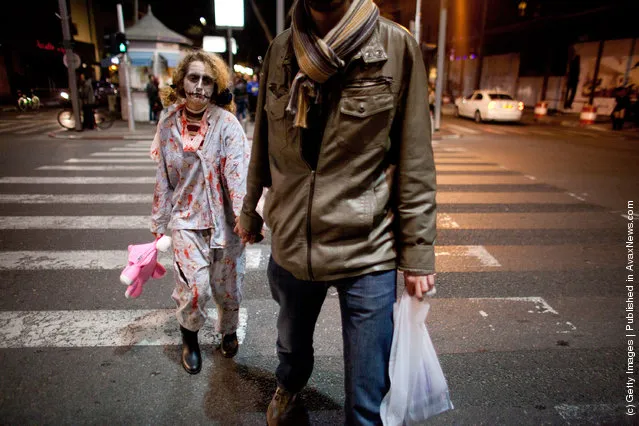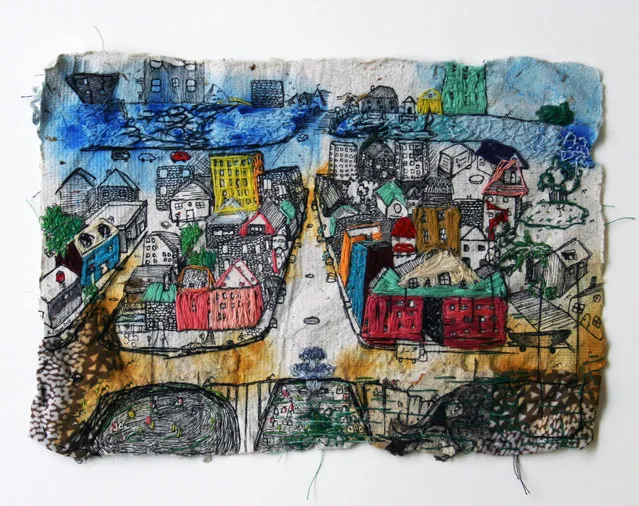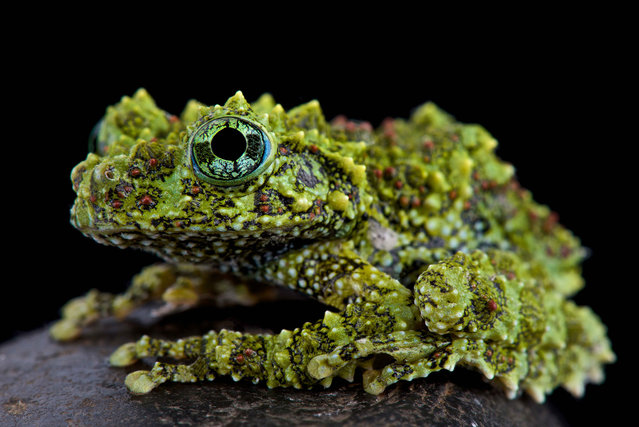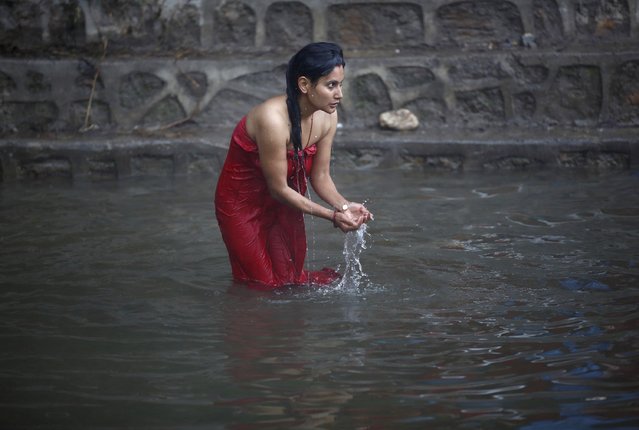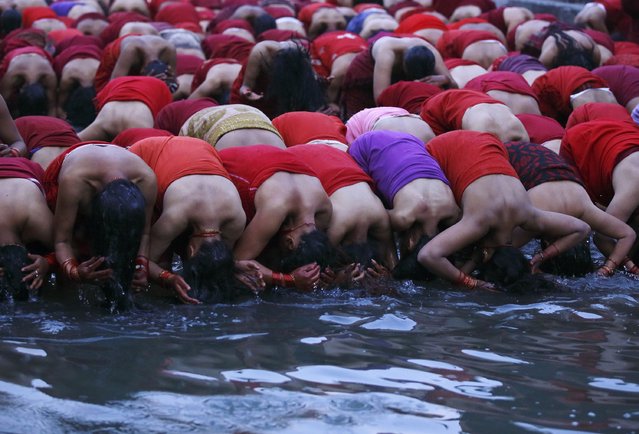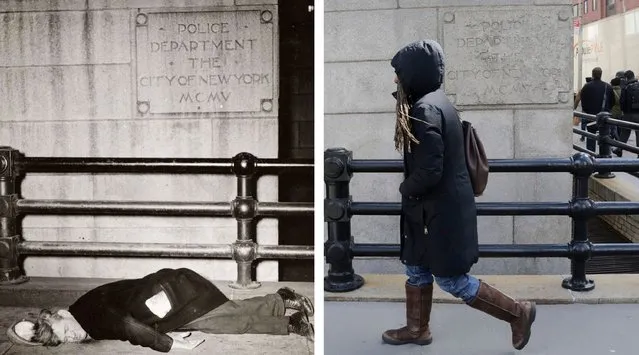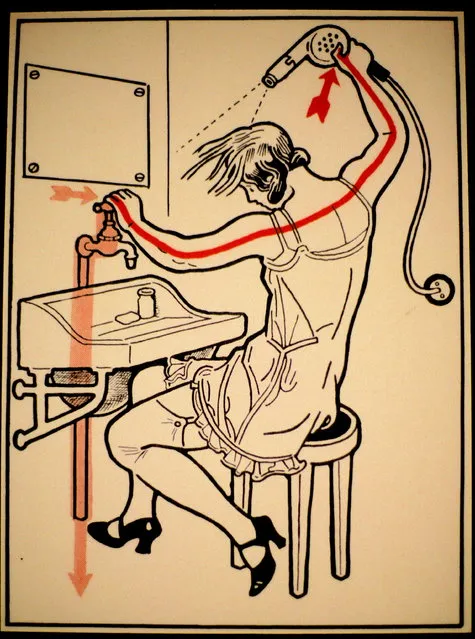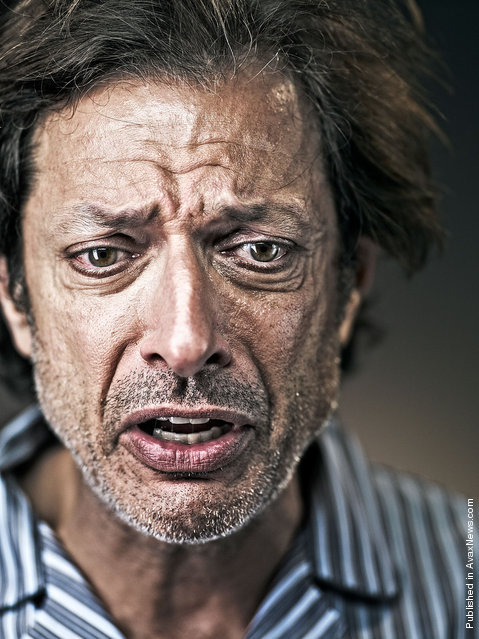
“Born in London in 1969 Robert has had a passion for photography since the age of 14. After studying photography at Blackpool and Flyde College he undertook and completed a personal project, which went on to be published into a book called ‘One, Images of a Goalkeeping Season’. Robert has been commissioned for editorial and advertising projects by client based throughout Europe and the U.S. and undertakes commissions for many of the top advertising agencies”. – Tim Mitchell
05 Apr 2012 10:50:00,post received
0 comments

